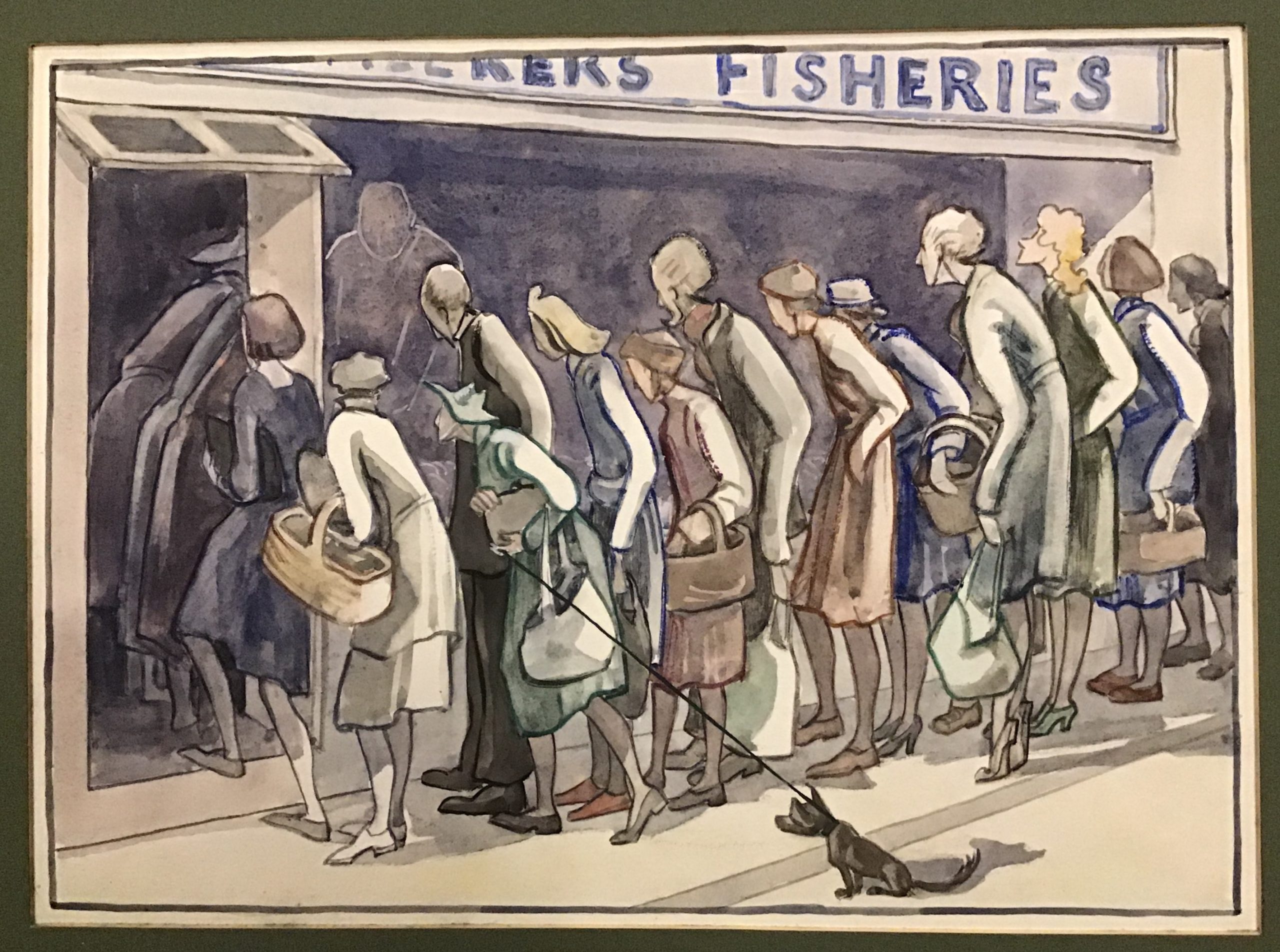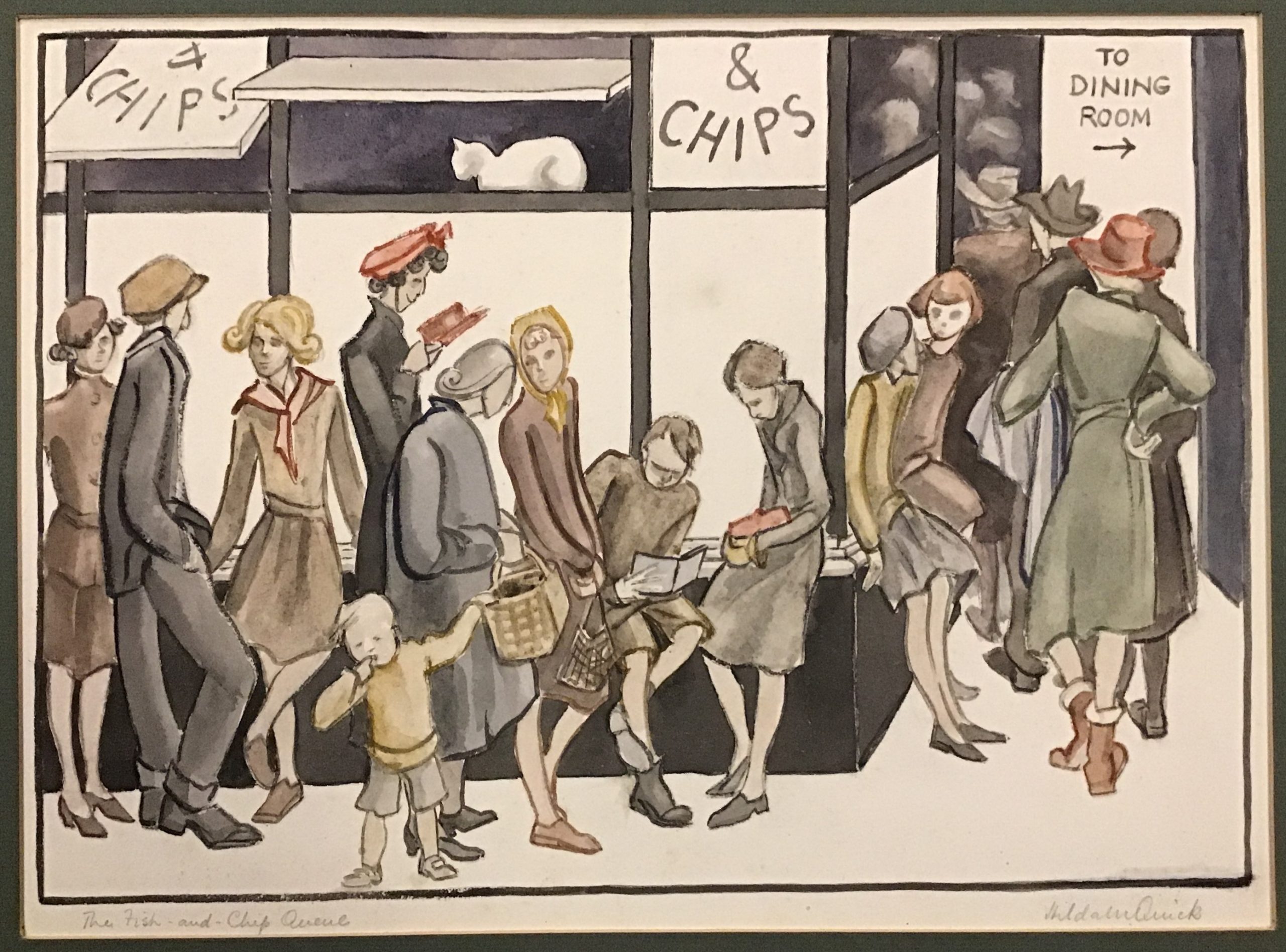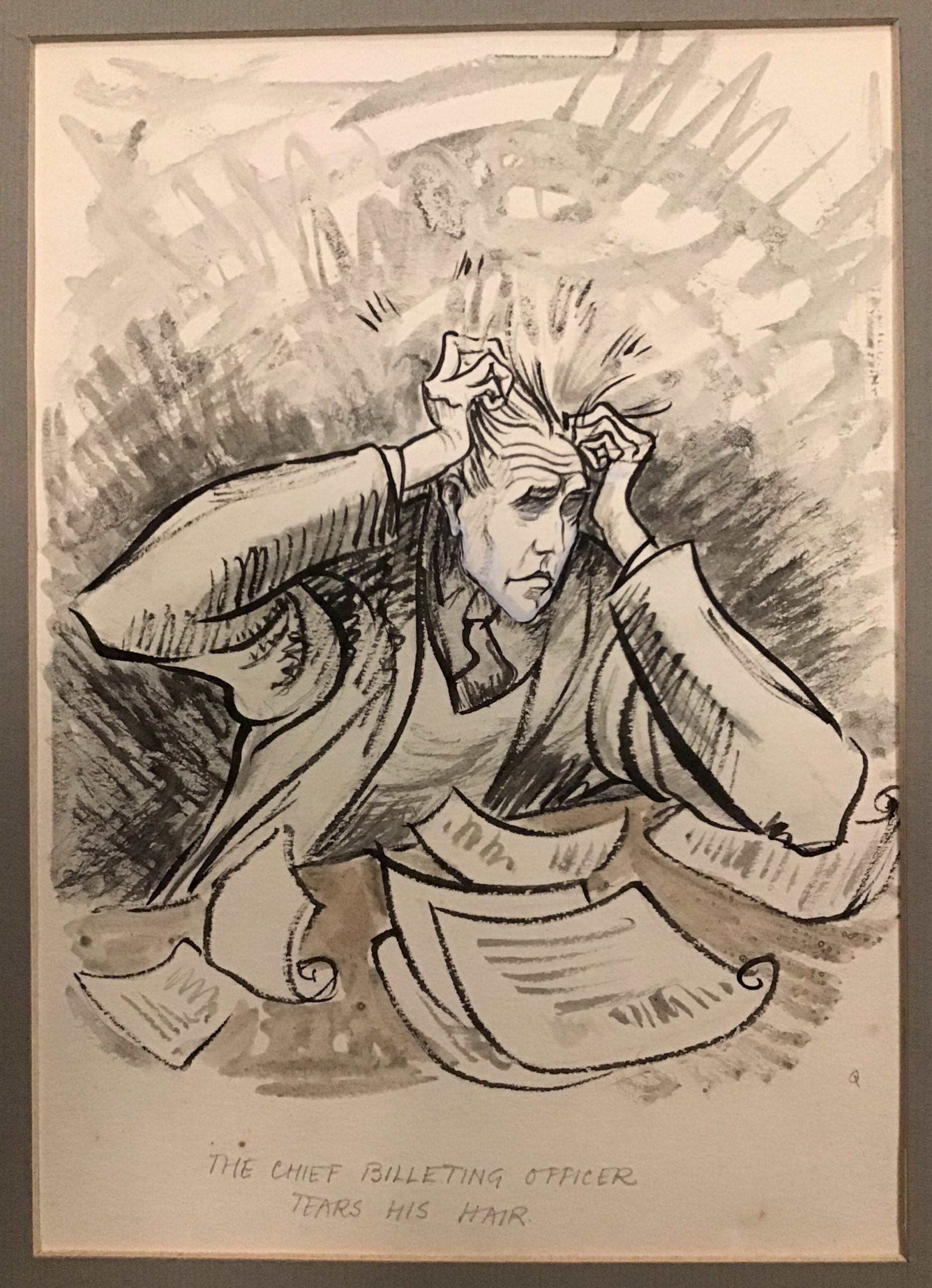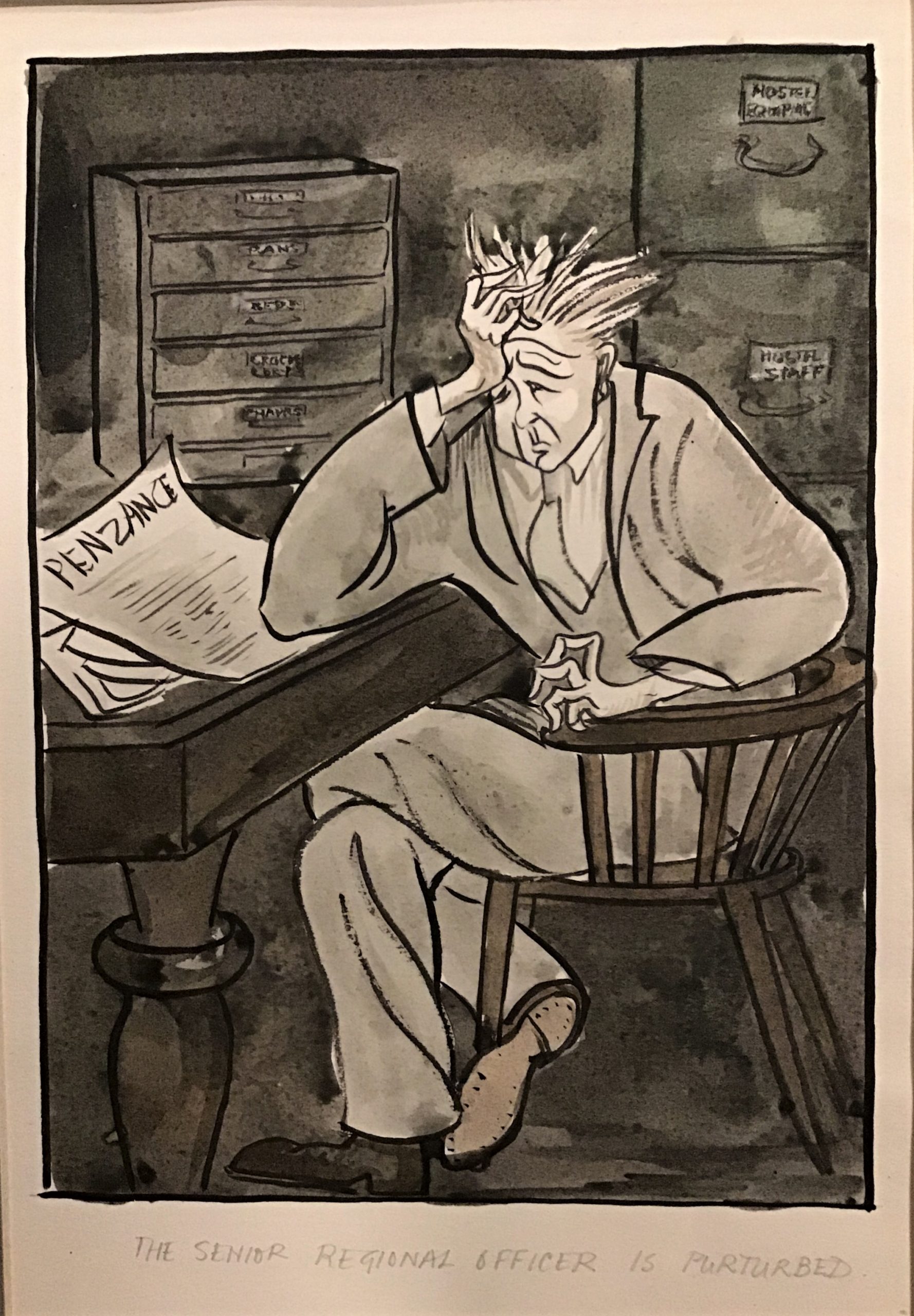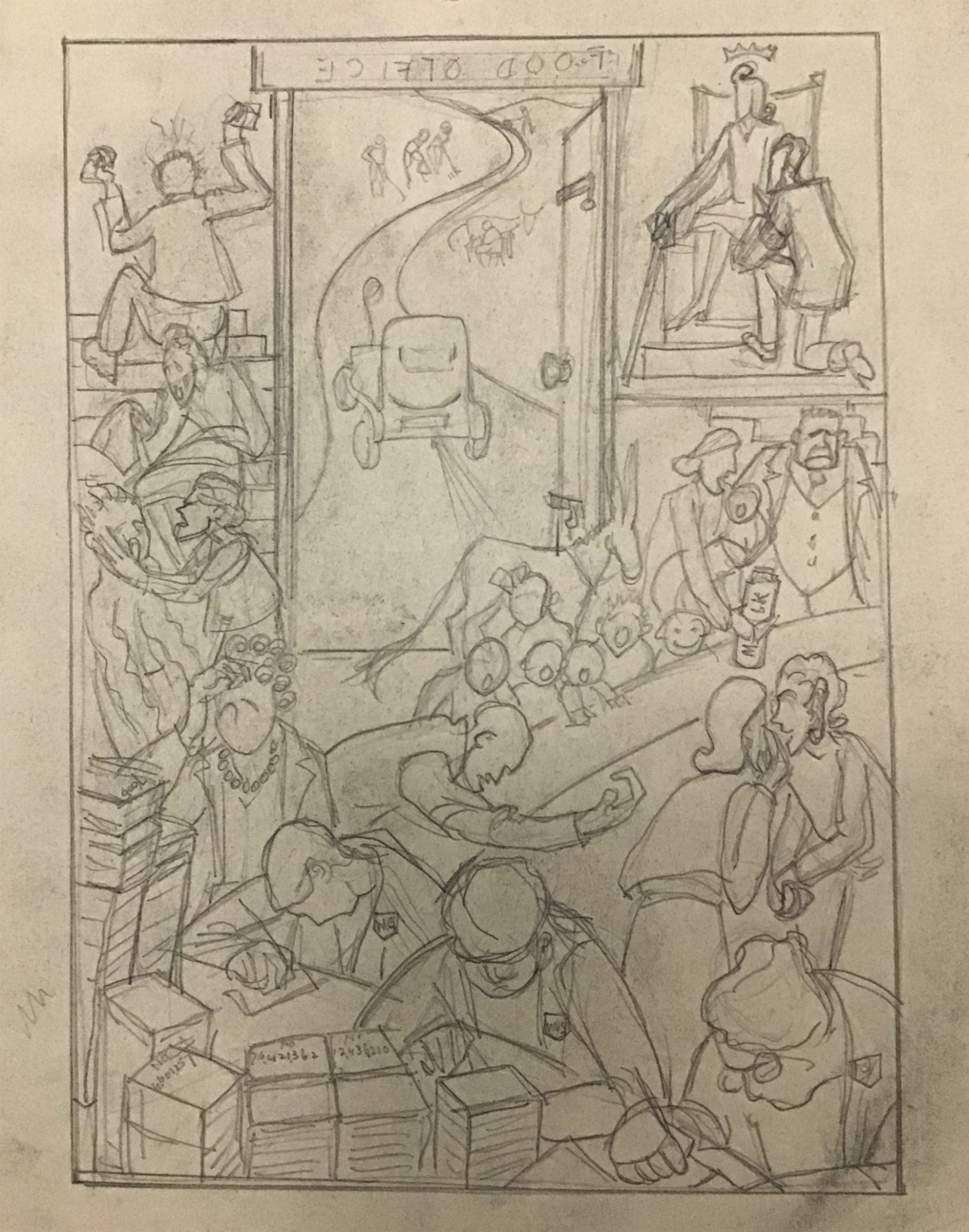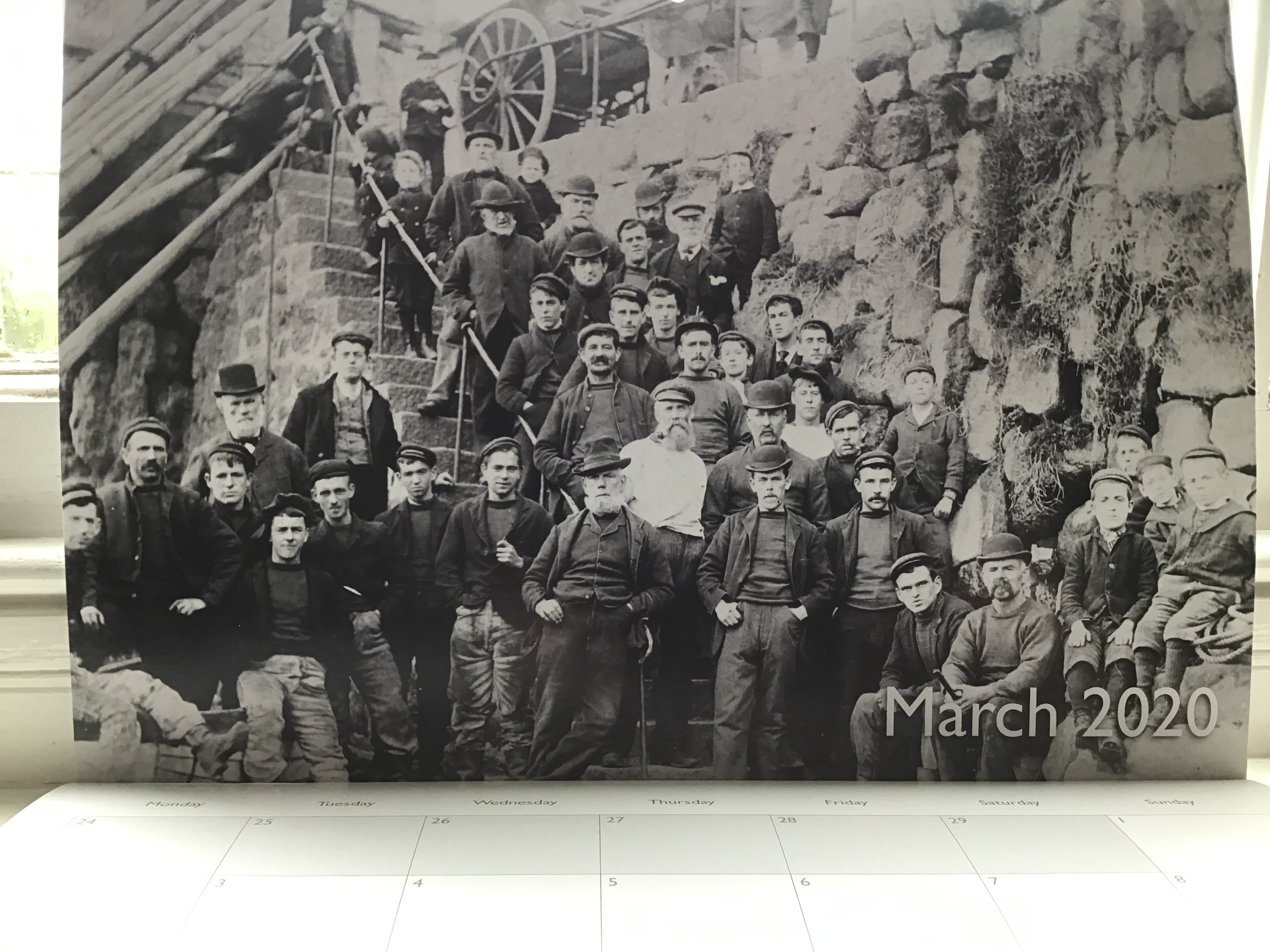Adventures in the Photo Archive – more than just scanning photographs!
This blog comes from one of our dedicated team of volunteers who work in the library’s Photo Archive. David and his colleagues are the people who scan and provide context to the thousands of images that end up on the Photo Archive website ( http://photoarchive.morrablibrary.org.uk/ ), available for you to peruse and enjoy. David has given us a brilliant insight into his role as a volunteer, but also reveals his brilliant piece of detective work in identifying one particular image – an act of perseverance and detective work which would put Sherlock Holmes to shame….
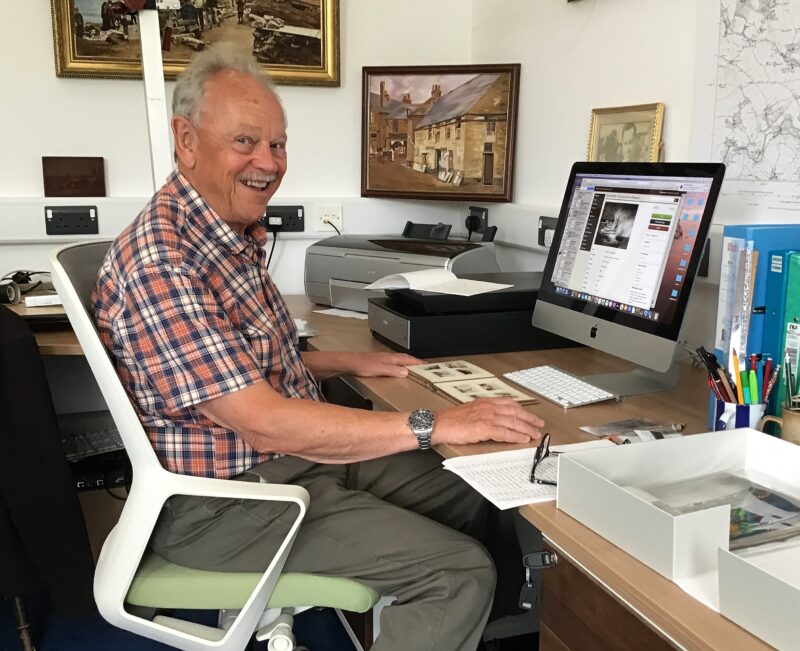
I volunteer in the photo archive as part of a team and see this as a great privilege to work in this wonderful library. This work is like no other; there is no pressure other than to carry out the task with great care, archive many photos, negatives and slides so that they are preserved forever. Preservation sleeves are used to protect them before they are put into conservation boxes for storage.
The room that I work in is new with views across the gardens – a lovely environment. As I sit at my desk, I have a PC and a scanner which must talk to one another if the photo is to arrive in its place in the digital collection. Once logged on then the process begins. This involves allocating a collection number to the photo before it is scanned. The computer programme allows me to add the data such as description, date, location, name of person or group. If it is a ship then the name and date is useful information. A facility also allows me to pinpoint the location on a map if known.
This is the easy part if the information pre-exists but often the process involves searching like a detective to identify the aforementioned essentials. I use books and the internet but there are also many photos in albums which have information about places and dates. All of this takes time but is very enjoyable. If the photographer is named then a search can provide interesting information about their work which is then added.
Fashions in clothing are always changing and it is interesting whilst compiling a collection, to note how fashion changed from the Victorian age and into the Edwardian era. Clothing becomes lighter and less dark and heavy. Women must have found life much easier. It is fascinating to find a detail written on the back of a photo, perhaps a date or a message to the recipient often encountered.
Currently I am working on a collection of miscellaneous photographs which are quite small, in an album with no information whatsoever. I had two photographs of a ship which, through using a magnifier I was fairly sure was in Penzance moored along the quay and the same ship in another photo moored alongside buildings. I needed to find out about this ship so I spent time at home searching for three-masted cargo ships with a white hull. Eventually I found information which identified it as the Leon Burau shown below. Using a magnifier, I identified the ship from the rigging and the shape around the bow. The additional information about the ship was then added to the data page, which will soon appear on the record accompanying the image on our website. Its story is fascinating and a summary follows below.
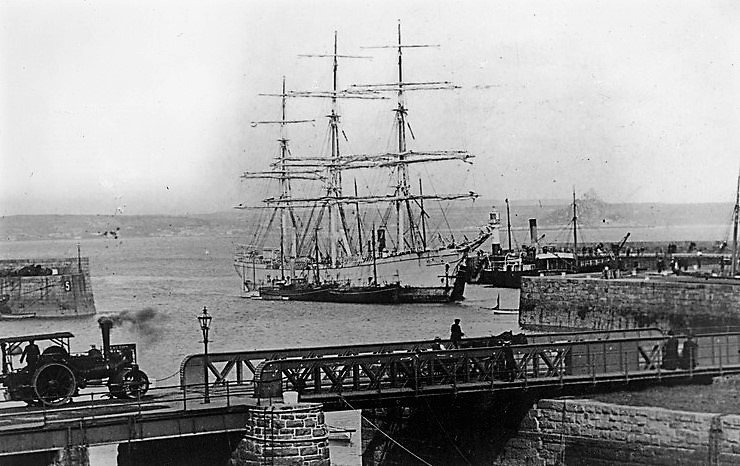
Morrab Library image: HARB 14HF 053
On the 18th of June1909 Alfred Vingoe was returning to Penzance in his pilot boat when he noticed that a large sailing ship was low in the water and flying distress flags. He and his two crew members sailed over to the craft which was the “Leon Burau” to find that the ship had been holed on a rock off the Scilly Isles and was fast taking in water. Climbing aboard Alfred told the captain to put on full sail, and when this was done Alfred piloted the ship into Penzance where he beached her just outside the harbour. The next day was a Sunday and people were amazed to see this fully rigged sailing ship ashore just outside the harbour entrance. Alfred arranged for most of the cargo to be discharged into small ships and then at high tide the ship was towed into the harbour to be repaired. A full account of the rescue is given in the “Cornishman” newspaper.
I was then able to identify that the ship in my photo was moored opposite what is now the dry dock in the harbour.
Just to add more interest an unidentified painting of this ship hangs in the photo archive painted by the Morrab Library benefactor Denis Myner. Further research identified the painting from an original photo as being part of the Richards collection. I then added the information to that photo on its web page identifier.
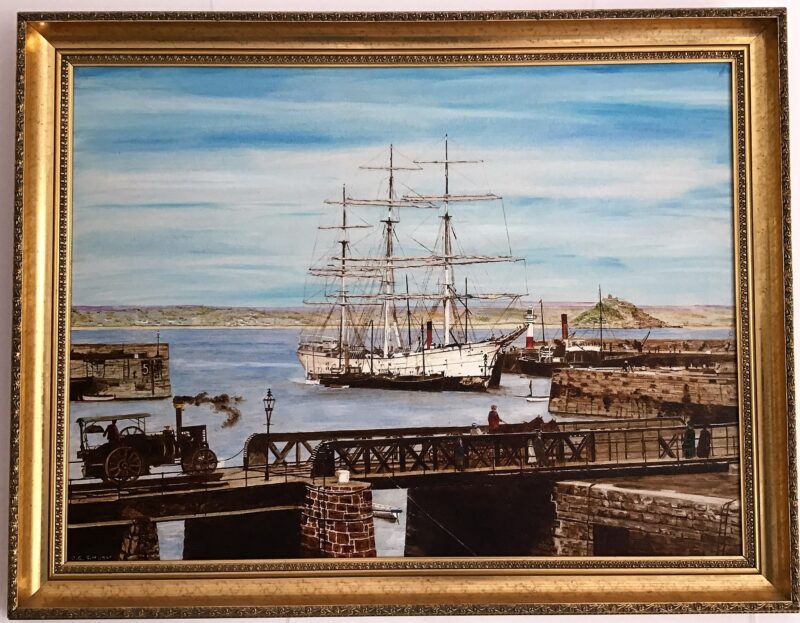
Painting by Denis Myner.
This is just one example of identifying a photo.
At the end of the day, I am usually left with a feeling of satisfaction in having made good progress but also knowing that many interesting searches lie ahead.
David Sleeman
If David’s blog has inspired you to consider volunteering with us in the Photo Archive, please get in touch with the library. You can email photoarchive@morrablibrary.org.uk or call the library on 01736 364474.

